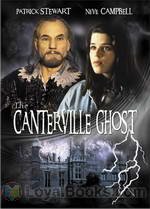
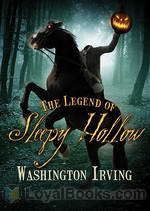
Words have no power to impress the mind without the exquisite horror of their reality.
(Edgar Allan Poe)
Project Gutenberg's Horror Bookshelf: http://www.gutenberg.org/wiki/Horror_(Bookshelf)
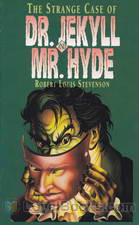 Steve Calvert's List of Classic Horror Stories (Public Domain): http://www.steve-calvert.co.uk/public-domain-texts/List-of-Stories.html
Steve Calvert's List of Classic Horror Stories (Public Domain): http://www.steve-calvert.co.uk/public-domain-texts/List-of-Stories.html Comic Book +: http://comicbookplus.com/?cid=1507
Then of course if you don't feel like straining your eyes as you read a scary story, you can always listen to one in the dark. Try going to Books Should Be Free (now Loyal Books) and select from over 80 horror/scary public domain audio books that include classics like Dracula & Frankenstein and other works by Bram Stoker, Edgar Allen Poe, Oscar Wilde, and Robert E. Howard (and quite a few more).
Loyal Books' Horror/Ghost Stories: http://www.loyalbooks.com/genre/Horror_Ghost_stories

Horror Fiction is, broadly, fiction in any medium intended to scare, unsettle, or horrify the audience. Historically, the cause of the "horror" experience has often been the intrusion of an evil — or, occasionally, misunderstood — supernatural element into everyday human experience. Since the 1960s, any work of fiction with a morbid, gruesome, surreal, or exceptionally suspenseful or frightening theme has come to be called "horror." Horror fiction often overlaps science fiction or fantasy, all three of which categories are sometimes placed under the umbrella classification speculative fiction.
—Excerpted from Horror Fiction on Wikipedia, the Free Encyclopedia.
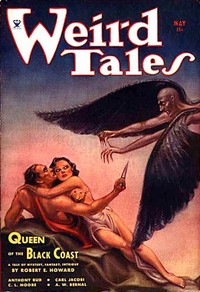
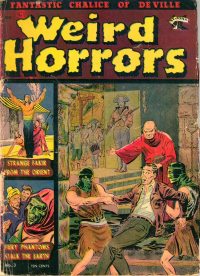

Comments
Post a Comment